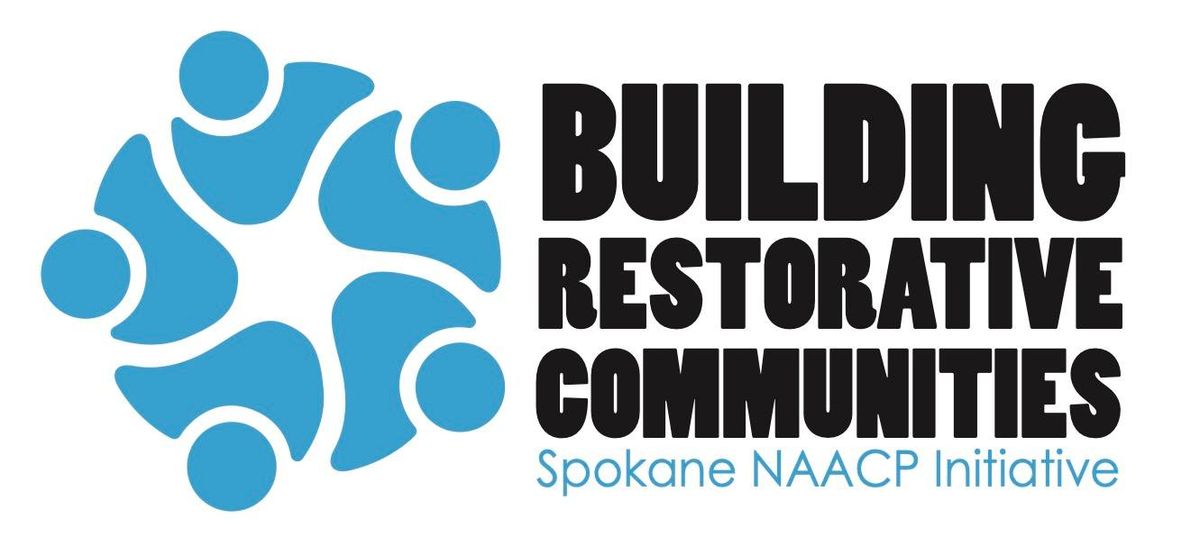“Restorative Justice” is a phrase that seems ubiquitous these days – a buzzy set of words popping up just about everywhere. Some of you may have familiarity with the term but likely still have questions. Others probably have yet to come across the term but will likely encounter it soon. So, I thought I might use this space over the next six months to have a bit of conversation – an ongoing one that recognizes the nuance, complexity, and struggles of those trying to unearth, actualize, understand, and achieve “justice.”
Specifically, I’d like to dialogue about what that word has meant to us in the past and what it might potentially mean for us in the future. In this series, I’m hoping to cover topics like what are … restorative, transformative, and transitional justice. But more importantly, I want to answer those questions within a framework that takes us back – like way, way back – to Aboriginal ways of being and believing that form the ancient roots underpinning these contemporary justice programs.
Restorative, transformative, and transitional justice are a collection of modern movements – a resurgence of peacemaking, conflict mitigation, and harm reduction practices harkening back to time immemorial and contextualized for contemporary use.
To start this conversation, we need to have some shared language. However, it’s important to recognize these movements are relatively new (only recently developing within the last few decades) and still evolving. Thus, their origins, structures, parameters, and definitions are subject to question and reform. What these movements will accomplish or where they end are questions the future will have to answer. With those caveats out of the way, let’s give some definition to these movements (here, I’m going to borrow from one of the dopest, most delicious organizations doing that good, good work of healing – Collective Justice):
Restorative Justice is “a framework for repairing harm, and rooted in Indigenous practices. It is a consented process where people on both sides of harm receive the necessary support and tools to deeply reflect on their lived experiences, needs, and resources necessary for them to work towards healing and accountability. The focus of restorative justice is to interrupt cycles of violence, create opportunities for reconciliation when possible, and build healthy relationships and communities.”
Transformative Justice is “a political framework for responding to harm without creating more harm. It’s been practiced in big and small ways by multiple marginalized communities who’ve been trying to create safety and reduce harm within the conditions they were forced to live in. It’s also an abolitionist framework that understands systems as sites where enormous amounts of violence take place.”
Finally, Transitional Justice “covers the full range of processes and mechanisms associated with a society’s attempt to come to terms with a legacy of large-scale past conflict, repression, violations and abuses, in order to ensure accountability, serve justice and achieve reconciliation,” according to the U.N.
Now that we have some shared language and definitions, I want to return to where we started – the acknowledgement that these modern movements are (at least partially) based on early justice practices. Recently, Chief Justice Emeritus Robert Yazzie (Navajo Nation) affirmed this connection during a panel at the 2024 National Association of Community and Restorative Justice Conference, explaining that although today’s movements may look discrete, they are ancestral lessons arising from “one origin” – the “original dispute resolution.”
Over the next few months, we will learn together about original dispute resolution methods, ethos, and mechanisms. Many of the practices have been passed generationally, outside dominant structures, and have frequently been relegated to the “past” despite actually being current. Many of the practices have persisted despite efforts at eradication and assimilation. Though at times, this wearing down has necessitated reconstruction and cultural revitalization to recover and retain those safeguarded and sacred ways we will find among Aboriginal African and Indigenous Jurisprudence.
As we negotiate evolving and early visions of justice, may we listen deeply and integrate the wisdom and lessons that sustained us for millennia. And may we look to the past to help us forge a future that brings forth the reality of “and justice for all.”
To sign up for the Spokane NAACP has developed a Building Restorative Community Initiative newsletter, please e-mail: brcspokane@gmail.com
